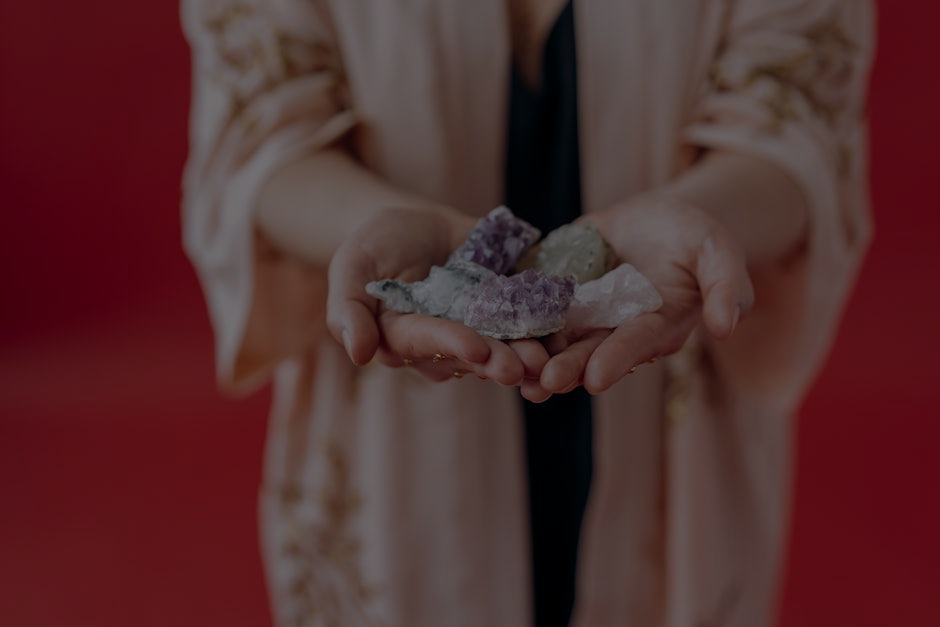**Title: Unveiling the Truth: Essential Elements for Positive Energy in Your Space**
**Abstract:** Discover the truth behind common Feng Shui myths and learn what truly cultivates positive energy in your environment. This article provides practical insights for enhancing your space effectively.
Understanding Feng Shui: Beyond the Myths
Feng Shui, an ancient Chinese practice, is often misunderstood in Western culture. Many believe it revolves solely around decorative items or specific colors, leading to a myriad of myths that can misguide those seeking harmony in their lives. The essence of Feng Shui is not just about aesthetics; it’s about creating a balanced environment that promotes positive energy flow, or “Chi.” Understanding the foundational principles of Feng Shui can help dispel these myths and guide individuals toward genuine well-being.
Myth 1: Feng Shui Is All About Objects
One prevalent myth is that Feng Shui is primarily about the placement of objects or decorative items. While these elements can enhance a space, they are not the core of Feng Shui practice. The true focus lies in the energy dynamics of a space. Effective Feng Shui requires a comprehensive approach that considers the arrangement of furniture, the flow of energy, and the overall atmosphere. For instance, clutter can obstruct the flow of Chi, regardless of how beautifully your items are arranged.
Myth 2: Color Is the Only Factor
Another common misconception is that color alone dictates the energy of a space. While colors do have psychological impacts and can influence mood, they are not the sole determinant of a harmonious environment. Instead, consider how colors interact with light, space, and the surrounding elements. For example, a vibrant red may energize a room, but if it clashes with the space’s overall energy, it can create discord. Balance is key, and understanding how colors work in conjunction with other elements is essential for achieving good energy.
Myth 3: You Must Follow Strict Rules
Many people think Feng Shui is about adhering to rigid rules and guidelines. This notion can lead to unnecessary stress and confusion. In reality, Feng Shui is adaptable and should be tailored to individual needs and preferences. What works for one person may not resonate with another. The goal is to create a space that feels good to you, reflecting your personality and lifestyle. Flexibility in application is crucial for harnessing positive energy effectively.
Practical Tips for Enhancing Energy Flow
To cultivate positive energy in your space, focus on a few practical strategies. Start by decluttering and organizing your environment. This simple step can significantly improve the flow of Chi. Next, incorporate natural elements such as plants, which not only beautify your space but also promote a sense of tranquility and connection to nature. Lastly, consider the layout of your furniture. Arrange pieces to encourage conversation and movement, allowing energy to circulate freely throughout your home.
Creating Your Personal Sanctuary
Ultimately, the essence of Feng Shui lies in creating a personal sanctuary that nurtures your well-being. This means being mindful of how your environment affects your emotions and energy levels. Engage with your space: choose colors, textures, and items that resonate with you. Whether it’s a calming blue for serenity or a bright yellow for optimism, let your intuition guide your choices. Remember, your space should reflect who you are and what you value.
**Conclusion: Embracing Authentic Feng Shui Practices**
In conclusion, understanding the truth behind Feng Shui myths is crucial for anyone looking to enhance their living or working space. By focusing on the fundamental principles of energy flow, personal preferences, and practical enhancements, you can create a harmonious environment that truly supports your well-being. Embrace these insights and let your space become a reflection of positive energy and balance.



